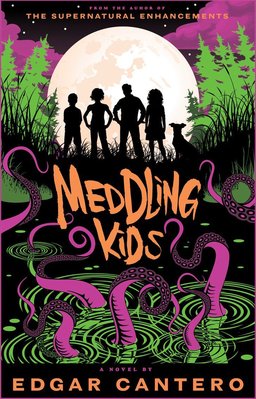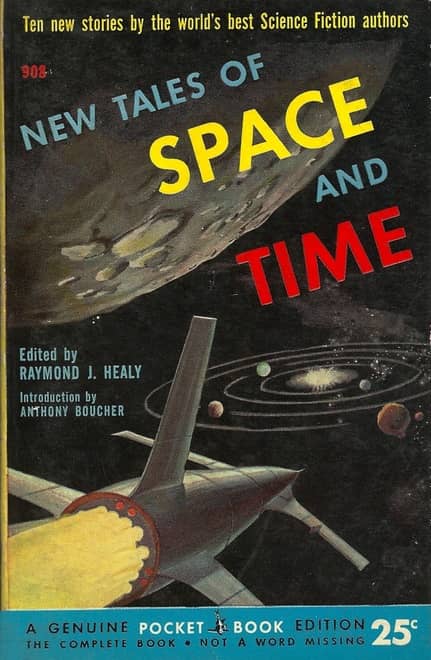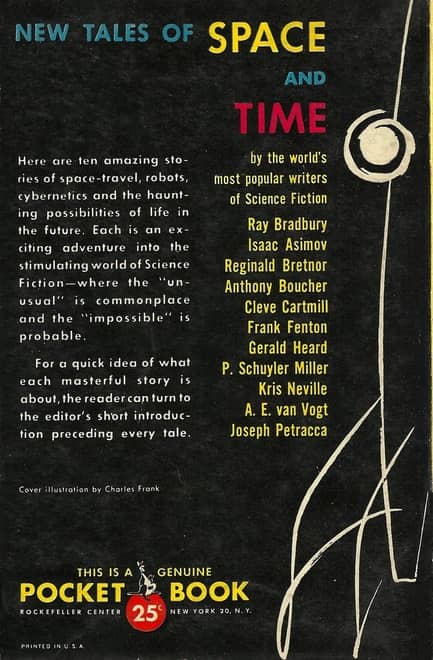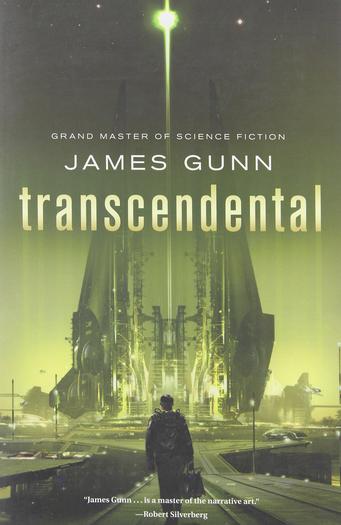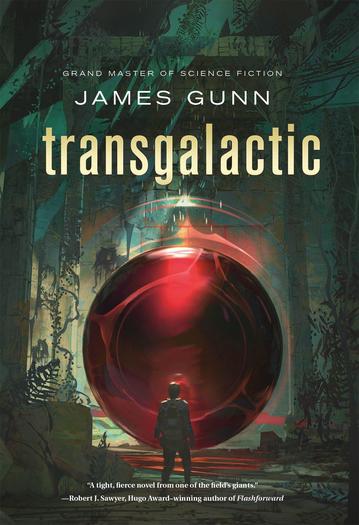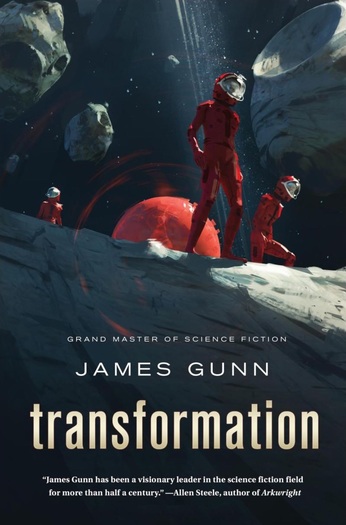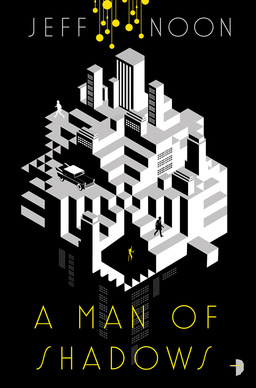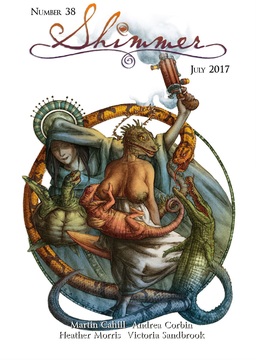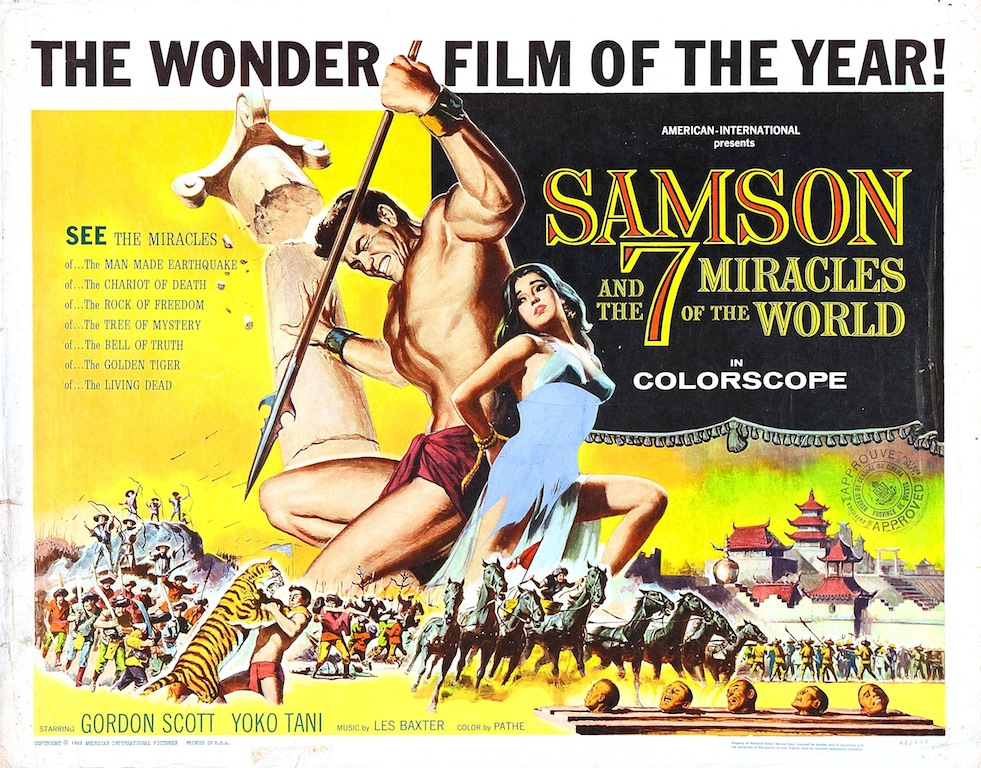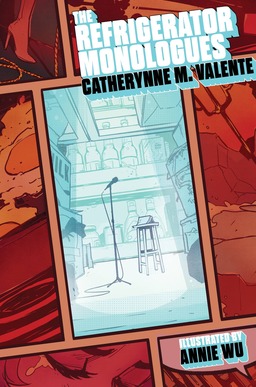The Best of Cordwainer Smith, edited by J. J. Pierce
Do not read this story; turn the page quickly. The story may upset you. Anyhow, you probably know it already. It is a very disturbing story. Everyone knows it.
from “The Crime and the Glory of Commander Suzdal”
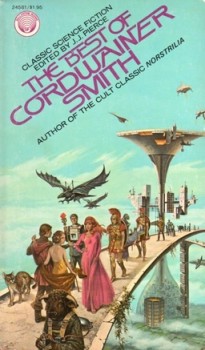 Where to begin with Paul Linebarger, aka Cordwainer Smith? Son of a lawyer with ties to the Chinese Revolution of 1911, and godson of Sun Yat-sen, Linebarger, before World War II, was a professor of Eastern Studies at Duke. During the war, he served in the US Army and helped set up the first psychological warfare unit, and became an advisor to Chinese president Chiang Kai-shek. After the war, he was recalled to service to advise the British during the Malayan Emergency, and American forces during the Korean War. Later, he would serve in various intelligence capacities, calling himself “visitor to small wars,” though he avoided Vietnam, thinking it was a bad situation all around. Somehow, between the year 1950 and his death in 1966, he found the time and energy to create one of the most original, complex, and strange science fiction universes.
Where to begin with Paul Linebarger, aka Cordwainer Smith? Son of a lawyer with ties to the Chinese Revolution of 1911, and godson of Sun Yat-sen, Linebarger, before World War II, was a professor of Eastern Studies at Duke. During the war, he served in the US Army and helped set up the first psychological warfare unit, and became an advisor to Chinese president Chiang Kai-shek. After the war, he was recalled to service to advise the British during the Malayan Emergency, and American forces during the Korean War. Later, he would serve in various intelligence capacities, calling himself “visitor to small wars,” though he avoided Vietnam, thinking it was a bad situation all around. Somehow, between the year 1950 and his death in 1966, he found the time and energy to create one of the most original, complex, and strange science fiction universes.
As part of their “Best of” series, Ballantine published The Best of Cordwainer Smith in 1975, edited by J. J. Pierce. I picked it up in around 1984 at the Forbidden Planet in Manhattan, based on something I’d read recommending the story “Scanners Live in Vain.” Strange as I found it, “Scanners” was nothing compared to the mad, almost hallucinogenic stories that followed it. It contains twelve of of his most important stories, all set in the future history which he called the Instrumentality of Mankind. The Instrumentality is the group of supremely powerful humans who rule over humanity.
Cordwainer Smith (as I’ll call him from now on) first appeared in 1950 with the publication of the story “Scanners Live in Vain” (1950). Its frenetic start warns readers they are in for something strange.
Martel was angry. He did not even adjust his blood away from anger. He stamped across the room by judgment, not by sight. When he saw the table hit the floor, and could tell by the expression on Luci’s face that the table must have made a loud crash, he looked down to see if his leg was broken. It was not. Scanner to the core, he had to scan himself. The action was reflex and automatic. The inventory included his legs, abdomen, chestbox of instruments, hands, arms, face and back with the mirror. Only then did Martel go back to being angry. He talked with his voice, even though he knew that his wife hated its blare and preferred to have him write.
“I tell you, I must cranch. I have to cranch It’s my worry, isn’t it?”
Foremost from this opening is the word cranch. What can it possibly mean and why must Martel do it?
